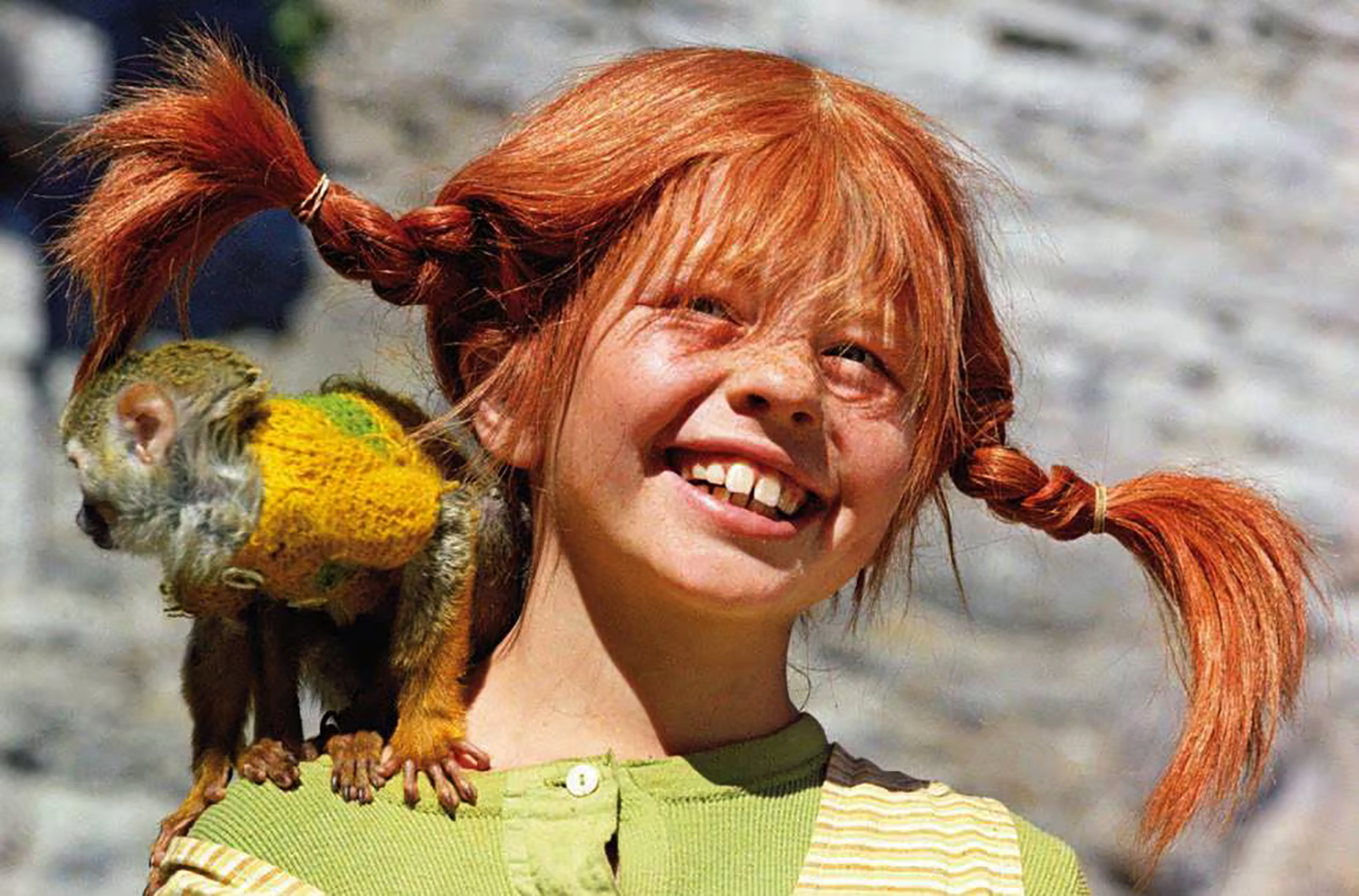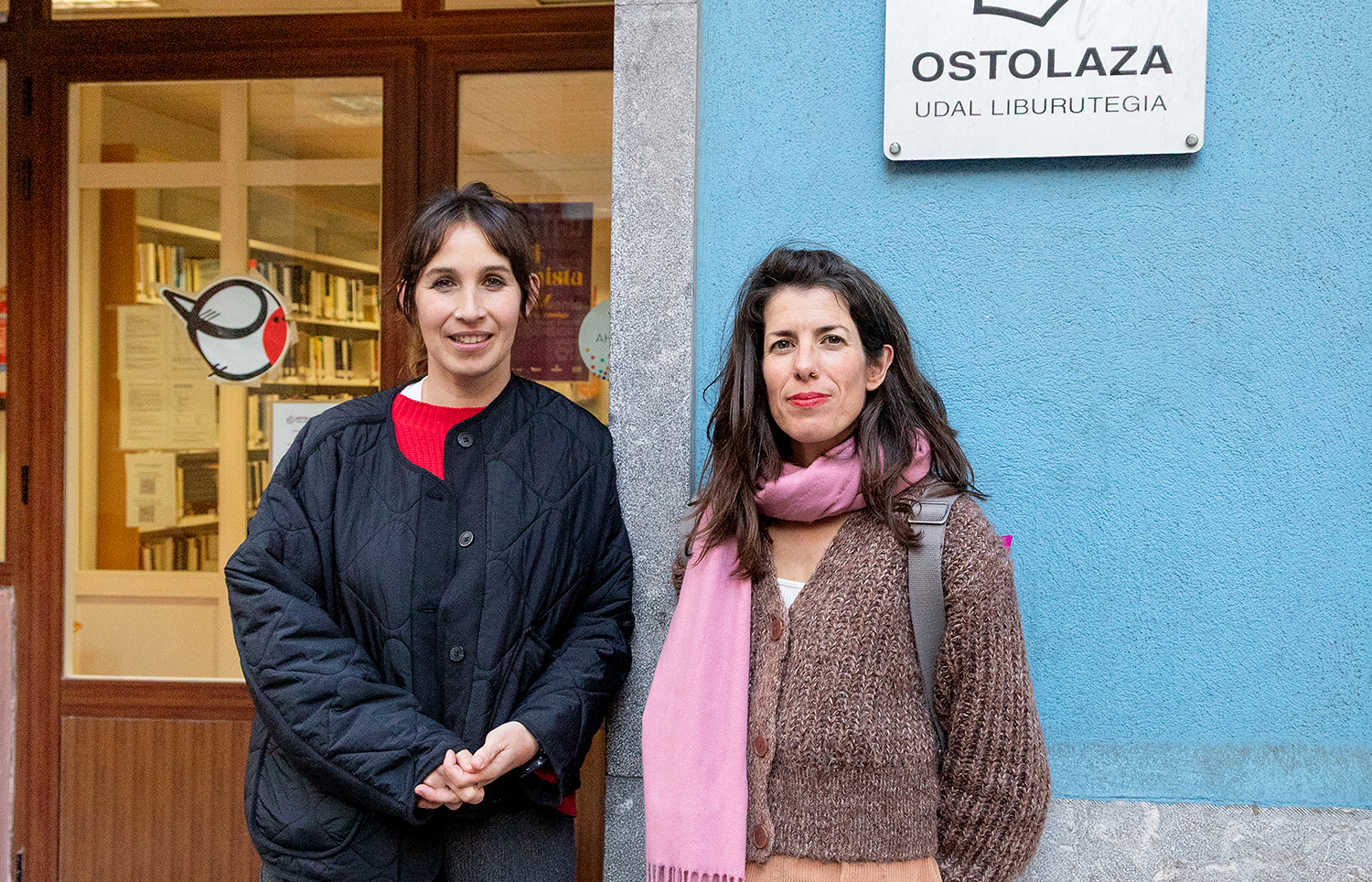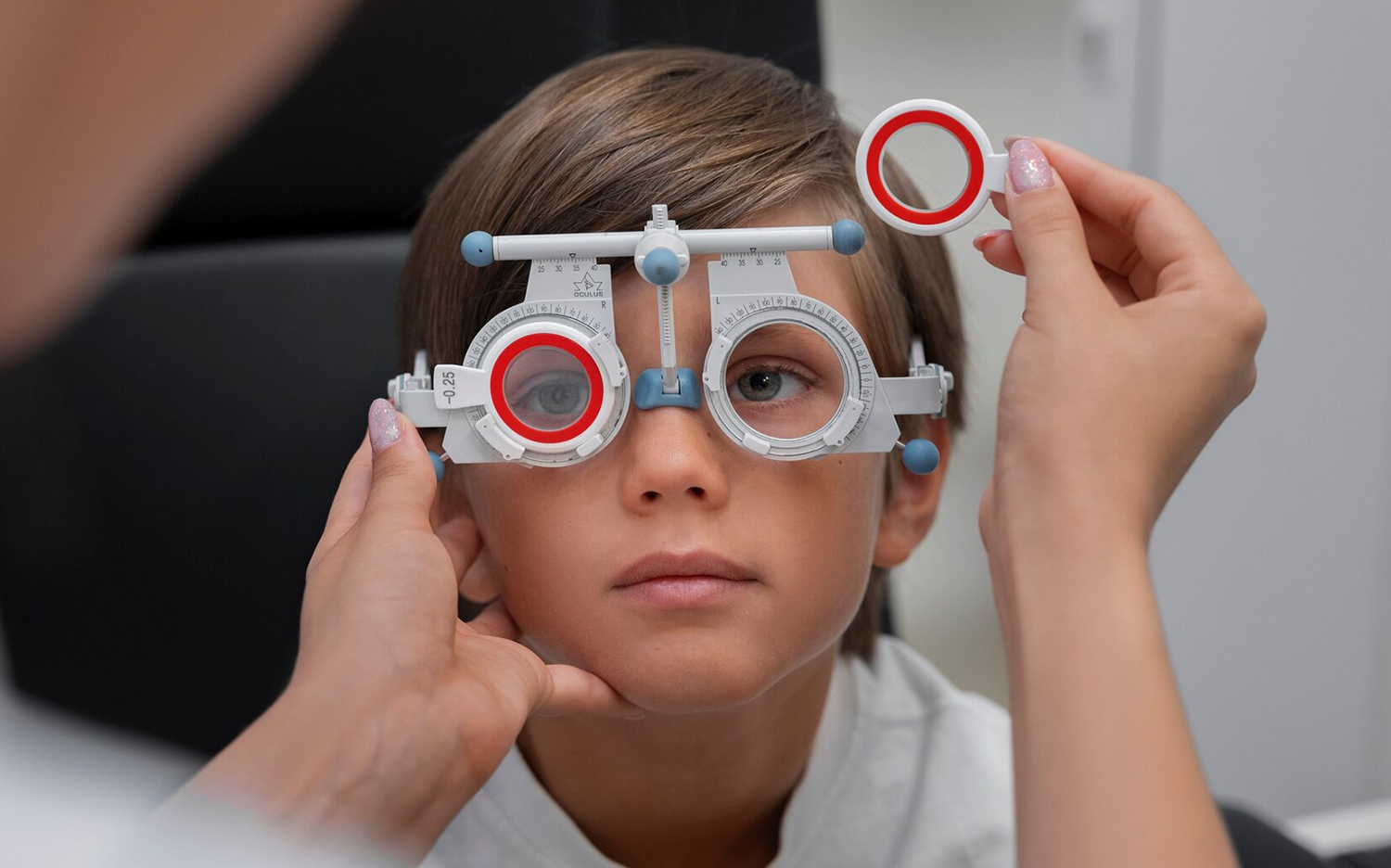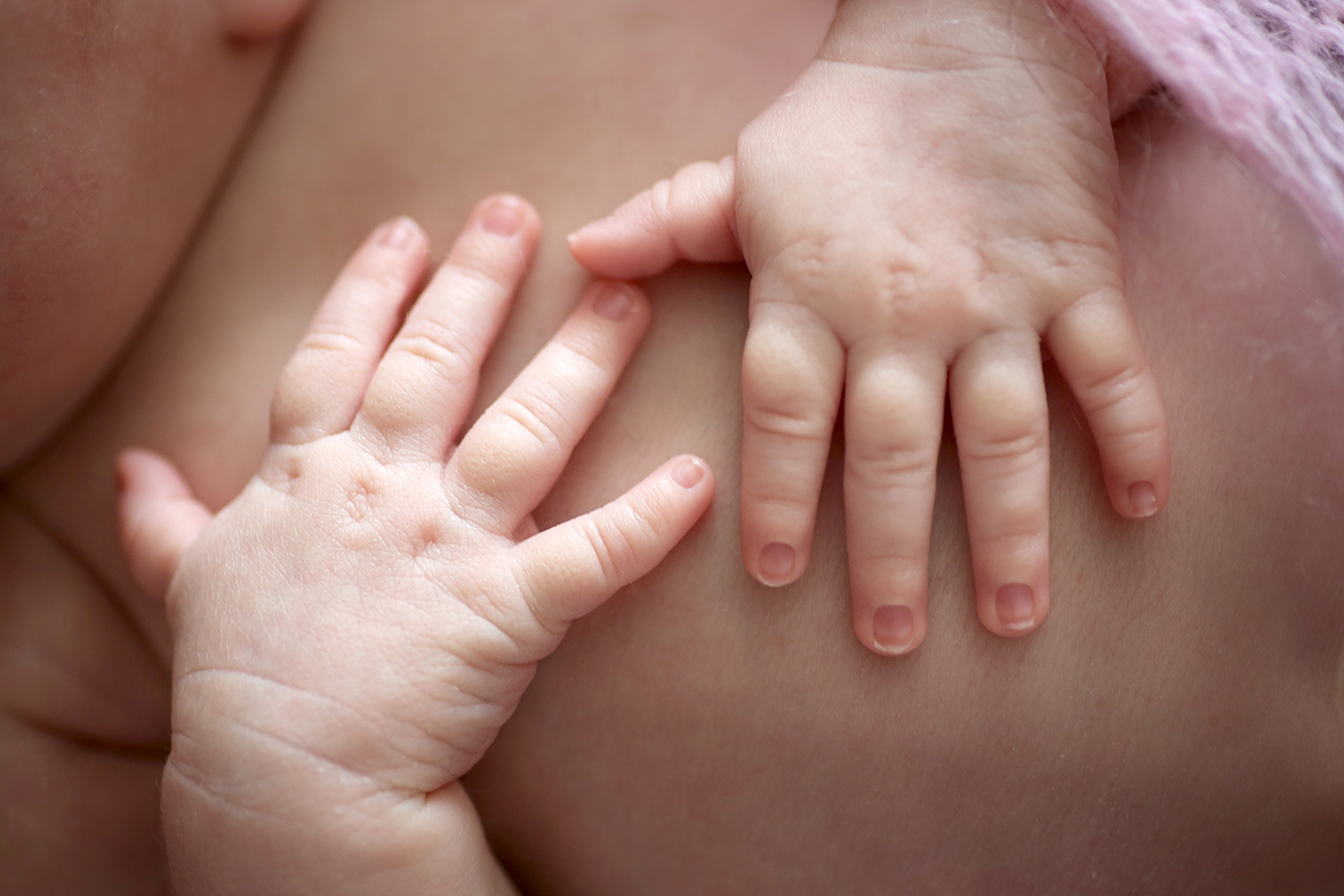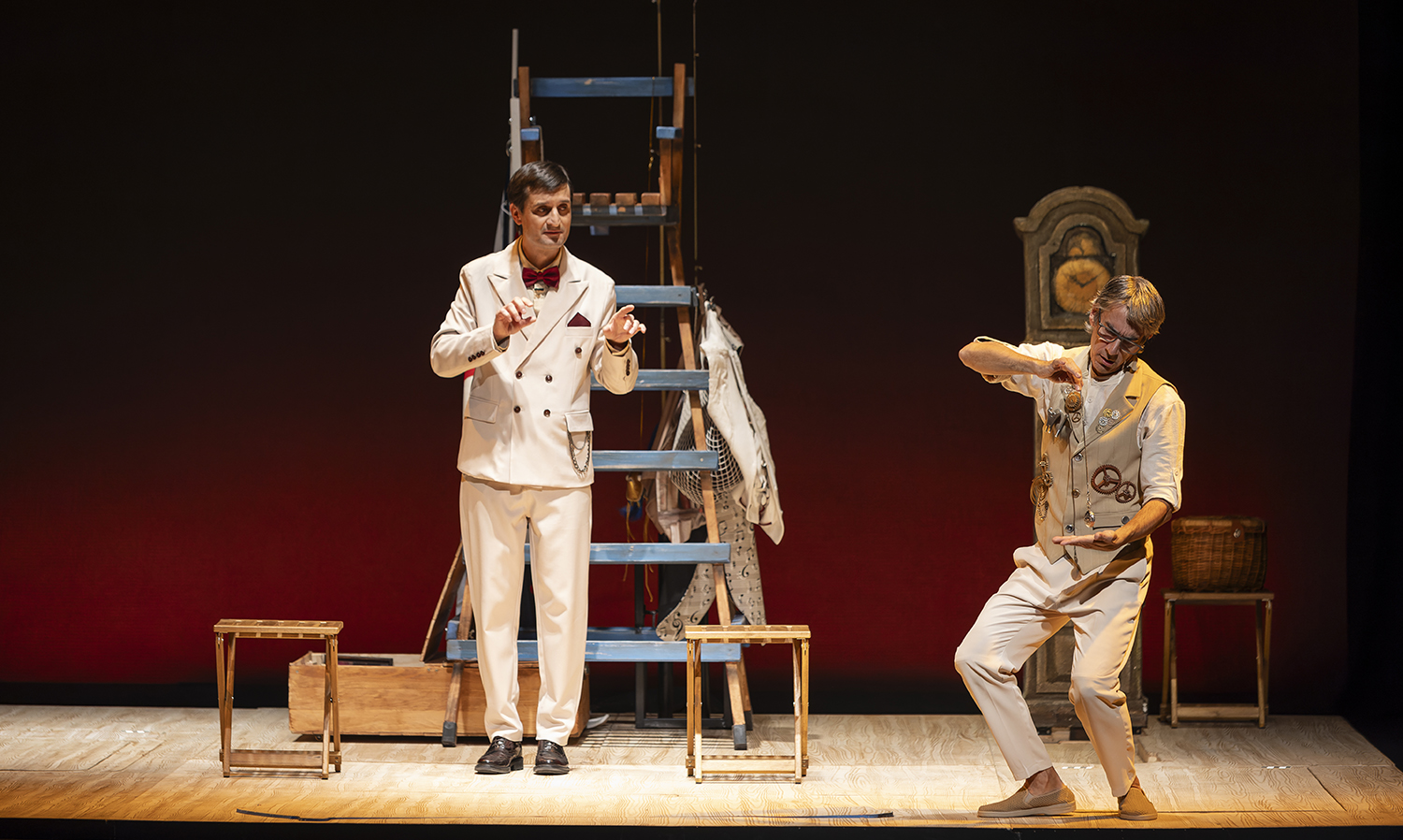Dream of turning the doll into sexy from young
- It's getting smaller and smaller that they know what the sexy word means, that being sexy is the path and the goal. We knew that the market wants to turn adult women into sexual objects, but the dangerous shadow of sexualization is extending into childhood. See if not the proliferation of Bratz or Monster High dolls, a wide range of makeup for children, carnival costumes…

Hypersexualization is one of the symbols of our time and affects women in particular, as the pressure they receive to be sexually attractive at all times is not easy. “What we are seeing is that this concern is taking place in the youngest and has also reached school, as the criterion that girls aged 10-12 have for dressing or managing their bodies is often not comfort, temperature or mobility, but rather responding to these pressures,” says Professor Amelia Barquín. It is true that clothing is not only to cover and protect the bodies, there is also the aesthetic function, its relationship with the identity… but in the case of children, cover it, protect it, be comfortable and be able to move it, be consistent with the temperature (not to be cold)… they should be the main criteria, and sometimes, especially in the case of girls, we prioritize the aesthetics, the families, because we are the ones we dress and adorn.”
We have it naturalized. Moreover, seeing the child in clothes, dance forms or “sexy” attitudes can also seem funny: “Look, it looks like the boss,” we will say, but there is the key, because it is not the main one. “When it makes us graceful, we should think about what we are communicating. The sexualization of adult women aims to give pleasure to the eyes of heterosexual men. Should that be the goal of small girls?” says Barquín.
Amelia Barquín: “The main criteria should be to cover children when they are dressed, comfortable, not cold… but sometimes we give priority to aesthetics and send children who cannot move or get dirty”
Someone will think that all this is a matter of remote sites, such as the American families that put girls to compete to be Miss, but in the shops of Euskal Herria you can find tangas and sensual lingerie for 6-year-old girls, as well as padded fasteners, intended for 8-year-old girls (the Primark chain had to be removed from the shops by court order). What costumes do children wear? How many makeup bags are given to girls? (“and not for make-up or fancy dress up, but for makeup many times like older women,” Barquín says.) In 2011, the French magazine Vogue dedicated 10 year old children with provocative clothes and poses to the cover, which caused a great stir in the country. Professor Lucía Martínez reminds us that in recent years there have also been companies created related to the sexualization of girls: in them children are skewed, nails are painted, tacks are placed… to represent them as princesses. All this with the clear aim of selling more, as “behind sexualization is the framework of a capitalist and consumerist society”.
I want to have a good dream. “The transverse techniques of modern marketing have made it possible for any girl to see at home beautiful
Loti on TV while playing with the doll of sleeping beauty and that she herself wears the dress of sleeping beauty – says writer Natasha Walter in the book Living dolls. You can go to school with the Bratz and Barbie dolls on top, from the bragos to the backpack and hair headband, and when you come home you can look in the Disney princess vanity mirror. Yes, marketing strategies have managed to merge the real girl and the doll to an unthinkable level until recently. This fusion can extend beyond childhood, to the point that many young people want to live like a doll, in order to resemble a Bratz or a Barbie.”
Natasha Walter: “You can go to school with the Barbies on top, from the cults to the headband, and when you go home you can see yourself in the princess mirror. Modern marketing has managed to merge the girl and the doll”
Barquín tells us about the Monster High cartoons: they're girls going to high school, all sexualized. “It may be that you like this style, but there is no variety, everyone is maimed over platforms, all with little clothes as if they were hot… and it is Trojan horses that families bring home, that teach their children how they have to be in a few years’ time. Fortunately, they will also receive other products such as Pirritx de trapo, Porrotx or Marimotots, but the number of products that show stereotyped models is very high, they have a great quantitative force and the management that educators must do is not easy. These pressures are there, they are continuous, so that they may follow that path from childhood.” The study of the American Psychological Association reveals that products (cartoons, films, clothing, toys…) aimed at boys and girls about 4 years old are already beginning to emphasize erotic characteristics, especially those aimed at girls.
However, the boys are also not safe and the pressure they bear on their bodies is increasing. “It’s a pity because instead of liberating women’s bodies, instead of liberating them all, the beauty chain is narrowing and spreading it to men’s bodies,” Barquín explains. You can listen to kids who are still children, using expressions like ‘Fulanito with chocolate tablet’.
Erotizing children is
stealing them and shortening their childhood. Steal, because the important activities and characteristics at this stage run the risk of being in the background, turning the desire to be attractive into a priority. And summarize, because accelerating the natural stages of life, turning boys and girls into adolescents, imposing distorted sexual attitudes on them with a very clear point of view instead of developing natural sexuality, roles that they are not willing to assume, seeking that sexicity that they don't understand well, from a false maturity. Having to respond to the pressures without having the tools an adult can have, can provoke concerns and fears about the body and the image itself, lack of safety and self-esteem, anxiety…
A girl who acquires a model, as she grows up, will look beautiful with heels, short clothes and makeup, she will believe that it is not only linked to sexual attraction, but also to the success and personality that she is still building. As a woman, she can build distorted identities and expectations, centered on the body, image and sexual attractiveness, leaving aside other areas and characteristics that can be defined as people. The boys will also place you in that role from childhood.

No, sexuality and sexualization are not the same. Of course, we have lived sexuality since childhood and allowing the natural
and healthy development of sex is beautiful, but we should not confuse sexuality with sexualization: sexualization gives an instrumental vision to the person, turns it into a sexual object and imposes on children an adult sexuality, according to conventions, for which they are not prepared either emotionally, psychologically or physically. In the opinion of Lucía Martínez, we behave completely absurd: “Although we have important sexual desires since childhood, children’s sexuality is denied, some behaviors, for example, touching sexual organs, are disrupted, but at the same time we transmit fully sexualized messages to them.”
In our hypersexualized society, sex comes easily to children, in addition to sexuality that responds to a specific model, but we do not work with them the tools to manage it. “About porn, for example, we should talk in high schools, what young people are seeing, what characteristics porn has, what happens in real life… but educators do not dare. The deficit is evident,” says Barquín.
We should not confuse sexuality with sexualization: sexualization makes you an object and imposes on children an adult sexuality according to conventions for which they are not prepared.
What to do?The
road is to educate and train the gaze, according to Martínez, “and we are already doing it, but the strength of the patriarchy is great”. For Barquín, training and awareness are also key: “The school has the opportunity to work on this issue, but for that we have to train the teachers. However, professors are afraid of sexuality, yet in Primary someone has to come to talk about human sexuality from the outside. Does the teacher know everything, but doesn't know enough about human sexual intercourse and does a specialist have to come from the outside? How strange sex is! We need to appropriate ourselves, to empower ourselves. The training of families is also an objective, but it is not so easy.”
COLD AND FREEDOM

"Is it bad to wear a miniskirt, make up and wear heels?" will ask more than one. “Let everyone go as they like,” says Amelia Barquín-, but let us be able to identify pressures to make small resistances. Why do almost every girl have long hair? It's no coincidence." After all, they also sell sexualization as a symbol of women's freedom, as a triumph for sexually free women, but then, why does this supposed freedom reproduce sexism and objectification in relation to extreme femininity?
The writer Ana de Miguel talks about individual freedom that is not contextualized. In the book The Myth of Free Choice: “The discourse is that any type of relationship is legitimate, if accepted by those involved, and that discourse hides the mechanisms of patriarchy, the mechanisms that lead us to want what maintains gender inequality. The situations of machismo are justified, saying that we are all free and equal people, and that we have reached those situations voluntarily and freely, as if there were no pressure whatsoever”.
The image hung on Twitter by
journalist Helen Lewis in Versace's dress and jacket has caused a great stir in social media. At the gala of the British Film Bafta Awards, five famous are shown in the image, on a terrace: The well-known actress Jennifer Lawrence, in the middle, dressed in a dress that doesn't have too many fabrics and surrounded by four men, all dressed in jacket. “This image is so disappointing and so meaningful. Today I've come out in the street and it's a terrible cold," says the journalist. It has received a large number of answers in two directions: those that claim that we are free to decide on one's own body and those who believe that behind that freedom there are pressures not always evident or always conscious, that respond to some models/preferences that we have internalized despite having a decision taken without putting the pistol in the head. Some of these answers are compiled and the words of the protagonist himself, which each draws his own conclusions:
“Haven’t you been through the head that it was the woman herself who made the decision? Do you really believe that Jennifer is not able to say no?”, “she simply decided to get excited about herself,” “her body, her decision. Do you remember? This puritanism in the film industry is becoming very unpleasant,” “we talk about social expectations. All the well-dressed men, and then a beautiful cut dress, which has to support the skin of the chickens”, “I can understand that this woman wants to get dressed like that, OK, it was her decision, but I would also like to see the men showing some meat to balance things”, “beyond this punctual scene, the key is that it is something general. I've seen a lot of women with short skirts on the cold nights of winter Fridays. They make long journeys and never wear a coat to “look handsome”, “this is the disappointing reality of 99% of today’s television shows. Woman: All with long leg and neckline. “The mystery of the jacket that doesn’t exist is a recurring theme in books and movies. My conclusion is that women never get cold in stories.” In view of the controversy, Jennifer Lawrence herself replied: “Versace’s dress is awesome, do you really think I was going to cover it with a coat or a scarf? I was only five minutes out, and with that dress I would have come out even if it had snowed, because I like fashion, and that was my decision.”
Haurtzaroaren amaiera eleberri distopikoa idatzi zuen Arthur Clarkek, 1953. urtean: jolasteari utzi dion gizarte baten deskribapena. Eta ez al da bereziki haurtzaroa jolasteko garaia? Jolasteko, harritzeko, ikusmiratzeko eta galdera biziak egiteko unea. Ulertzeko tartea zabalik... [+]
Eskolaz kanpoko jardueren eskaintza zabala egiten duten ikastetxeen aldean, beste askok ez du horretarako aukerarik; eta eskola bereko ikasleen artean ere, denek ezin dute ekintzetan parte hartu, baliabide ekonomikoek baldintzatuta. Esku hartzeko dei egin diete instituzioei:... [+]
Miopia gero eta gehiago eta gero eta lehenago ari da garatzen, eta horren arriskua da dioptriak gehitzen joatea eta helduaroan begiari lotutako hainbat gaitz izateko aukerak dezente handitzea. “Eguzki-argia jasotzea inportantea da, eta denbora asko ez igarotzea oso gertu... [+]












